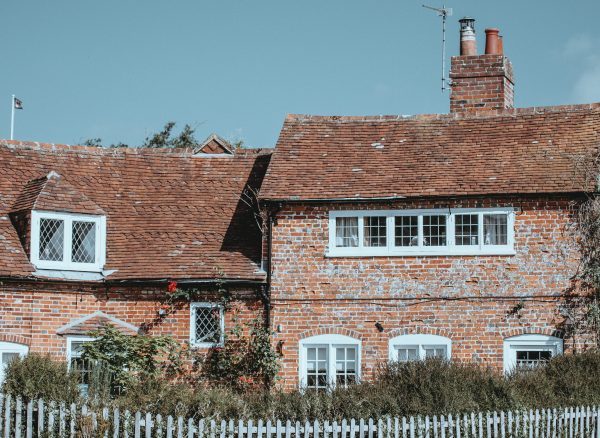Older borrowers unable to pay off their home loans before retirement may soon be able to take out interest-only mortgages to be repaid when they die or move into care homes.
The new “lifetime mortgage” plans are expected to help tens of thousands of borrowers who are coming close to the end of their mortgage term and have no way of repaying the outstanding capital.
Under the new plans, borrowers can borrow a lump sum against their property and pay only the interest each month. When they die or their home is sold after moving into a care home, the capital would be paid back.
Currently, banks are forbidden from lending to borrowers who do not have a sufficient means of repaying their capital, meaning that interest-only mortgages are often restricted to those with multiple properties, high value assets or their own businesses.
However, those who took out an interest-only mortgage in the 1980s or 1990s - when criteria was more flexible - may be plunged into financial uncertainty when their deals come to an end.
The Financial Conduct Authority (FCA) have outlined the new plans in a consultation document and a spokesperson says that current restrictions are forcing some borrowers to sell their properties or lock into expensive ‘equity release’ deals.
The consultation document reads: “Retirement interest-only mortgages have significantly different risks compared to lifetime mortgages.
“In particular, they do not feature the roll-up of interest, meaning that consumers are not at risk of rapid equity erosion and the subsequent reduction of funds available for a bequest. Consumers are also more likely to be familiar with the product features of a mortgage involving interest payment[.”
Although the changes are likely to offer more flexibility to many, they’re unlikely to be popular amongst those wishing to leave inheritance to their children and grandchildren.

